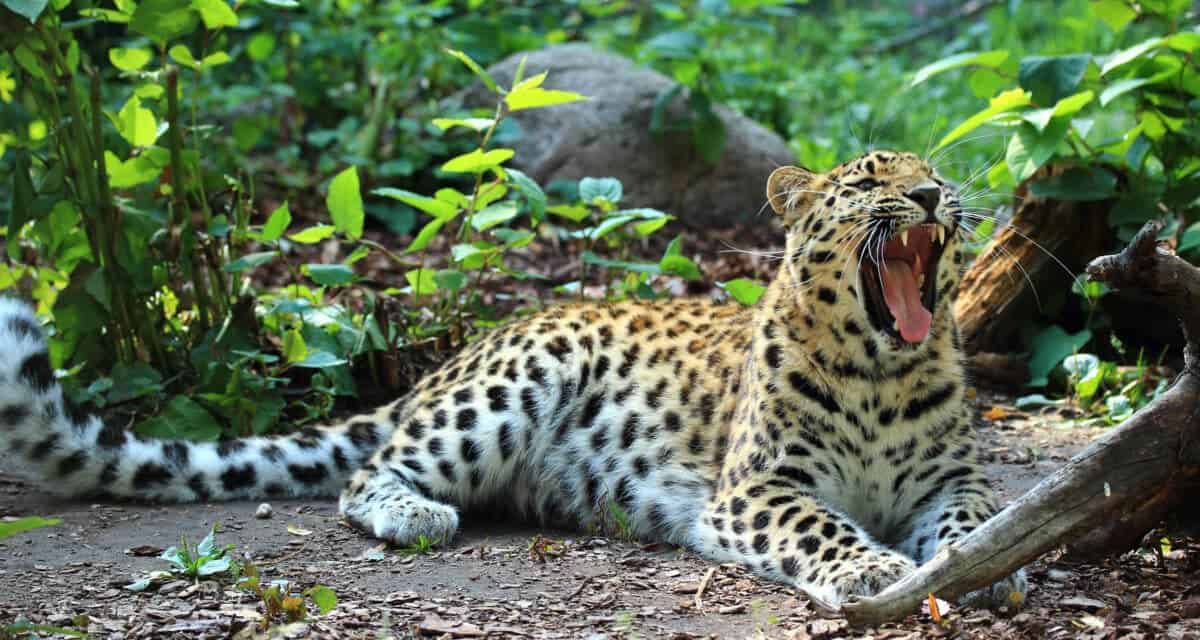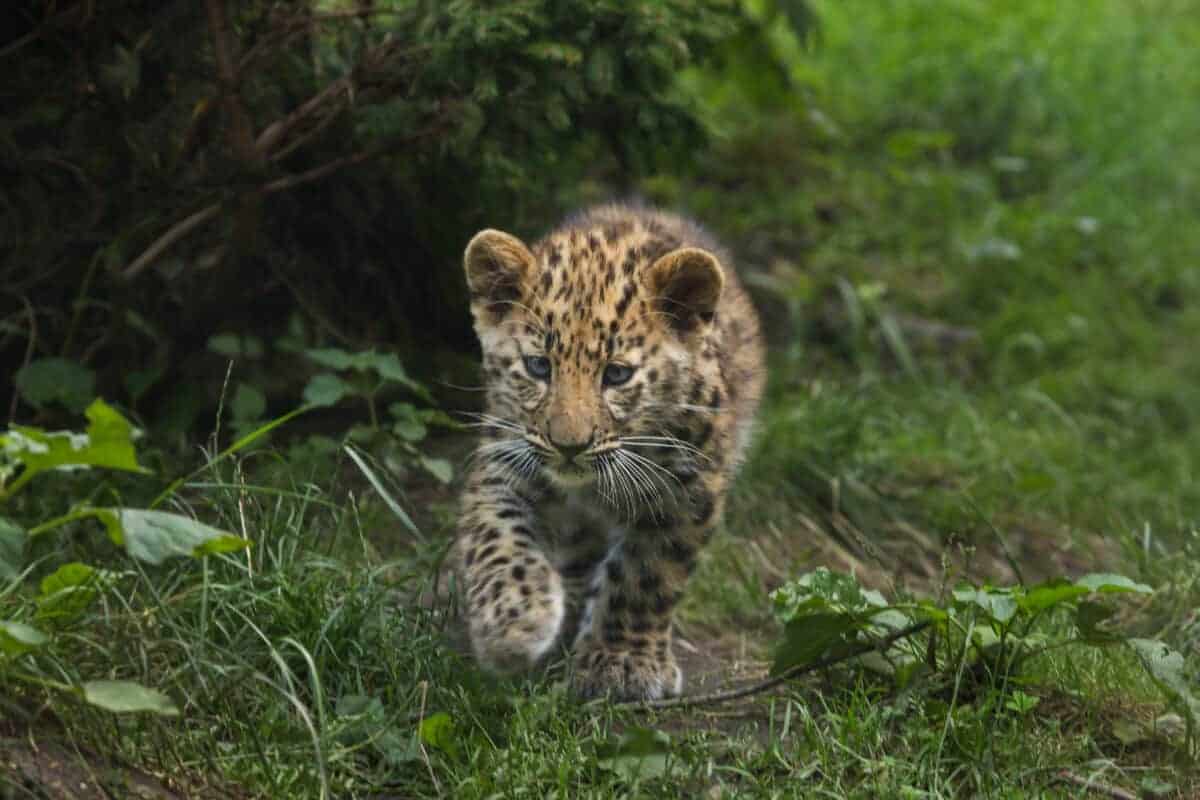As we step into 2024, the specter of extinction looms larger than ever for numerous species across the globe. The delicate balance of ecosystems is under severe threat due to human activities, climate change, and habitat destruction. In this article, we will shed light on some of the animals facing the gravest risk of extinction in 2024, urging us to take action before these unique and irreplaceable species vanish forever.
Amur Leopard (Panthera pardus orientalis):

Once thriving in the temperate forests of Russia and China, the Amur leopard now stands on the brink of extinction. With only around 100 individuals left in the wild, relentless poaching for their stunning fur and habitat fragmentation are pushing this majestic big cat to the edge. Conservation efforts are underway, but urgent action is needed to secure a future for this critically endangered species.
Vaquita (Phocoena sinus):

The vaquita, a small porpoise endemic to the Gulf of California, is considered the world’s rarest marine mammal. With fewer than 10 individuals estimated to remain, the vaquita faces an imminent threat from illegal gillnet fishing, primarily targeting another endangered species, the totoaba fish. Collateral damage from these illicit activities has pushed the vaquita to the brink, demanding swift and effective conservation measures.
Javan Rhino (Rhinoceros sondaicus):

The Javan rhinoceros, native to Indonesia and Vietnam, is one of the rarest large mammals on Earth. With an estimated population of around 70 individuals, the primary threats include habitat loss and poaching. Conservationists are working tirelessly to protect the remaining Javan rhinos and their habitats, recognizing the urgency of preserving this critically endangered species.
Sumatran Orangutan (Pongo abelii):

The Sumatran orangutan, residing in the rainforests of Sumatra, Indonesia, faces a dire situation. Rampant deforestation, driven by palm oil plantations and logging, has drastically reduced their habitat. With fewer than 14,000 individuals remaining, urgent conservation efforts are essential to secure a future for these critically endangered great apes.
Northern White Rhino (Ceratotherium simum cottoni):

The northern white rhinoceros, once abundant in central Africa, is now teetering on the brink of extinction. Only two individuals, both female, remain on Earth. Poaching for their horns and civil unrest in their native range have decimated the population. Intensive conservation efforts, including artificial reproductive technologies, are underway in a last-ditch attempt to save this subspecies from complete extinction.
Conservation Practices to Prevent Extinction:
The threats faced by these and many other endangered species underscore the need for concerted global action. Conservation initiatives, habitat protection, and international cooperation are imperative to reverse the trend of biodiversity loss. Additionally, addressing the root causes of extinction, such as unsustainable resource exploitation, climate change, and illegal wildlife trade, is crucial for the long-term survival of these species.
Public awareness and education also play a pivotal role in fostering a sense of responsibility towards the planet’s biodiversity. Governments, NGOs, and individuals must work collaboratively to enforce and strengthen conservation laws, promote sustainable practices, and support local communities living alongside these endangered species.
As we navigate through 2024, the fate of these animals hangs in the balance. The urgency to protect and preserve Earth’s diverse life forms is not just a moral imperative; it is an investment in the health and resilience of our planet. By taking action now, we can collectively contribute to a more sustainable and harmonious future where these remarkable creatures continue to share the Earth with us for generations to come.
Join our Forum for free today!

- Elderly Man Kills Grizzly Bear in Montana - July 22, 2024
- Missing Cat Found Weeks Later, 40 Miles Away - July 21, 2024
- The Fastest Animal on Earth: So, How Quick Are Cheetahs? - July 21, 2024

